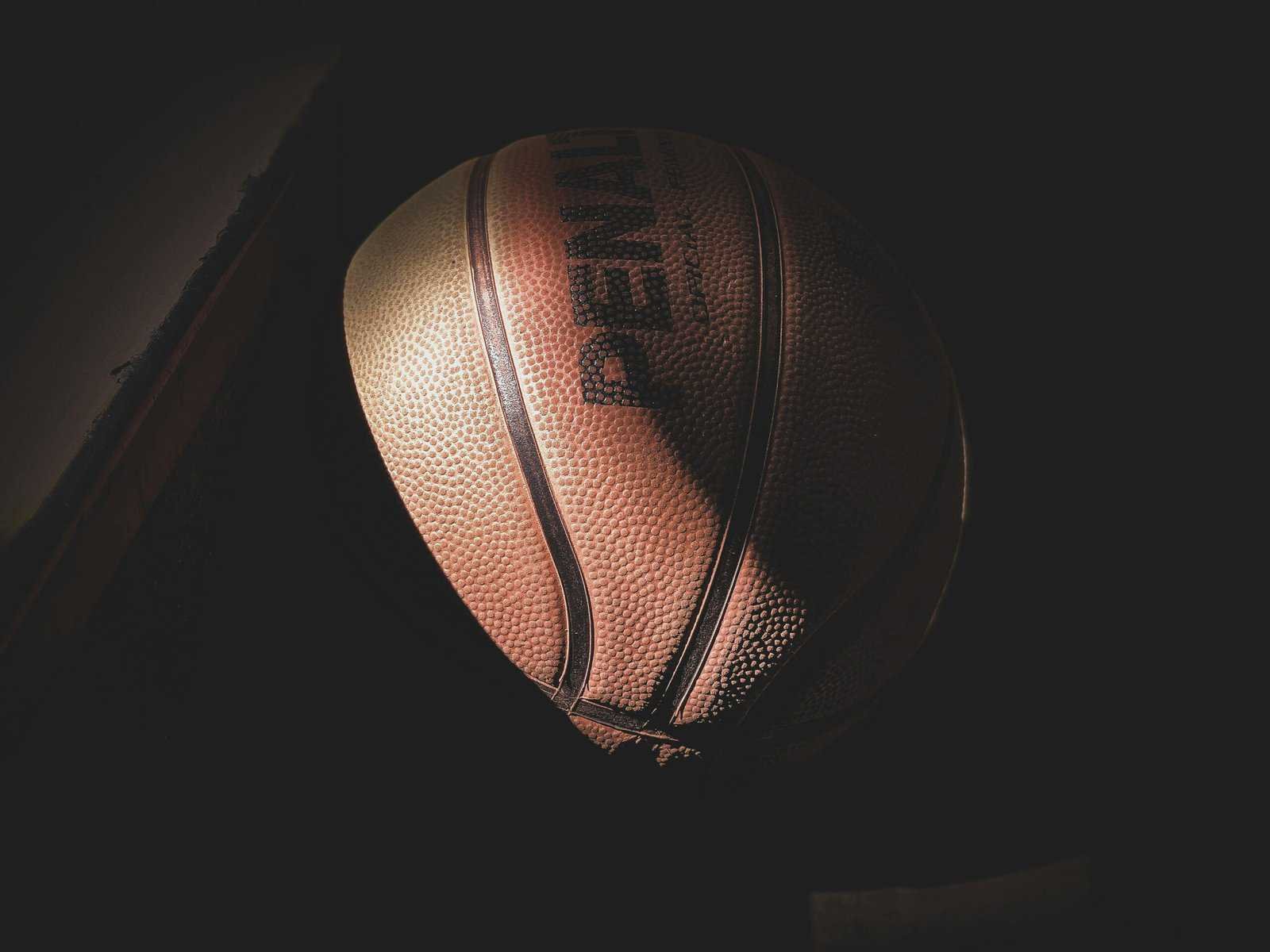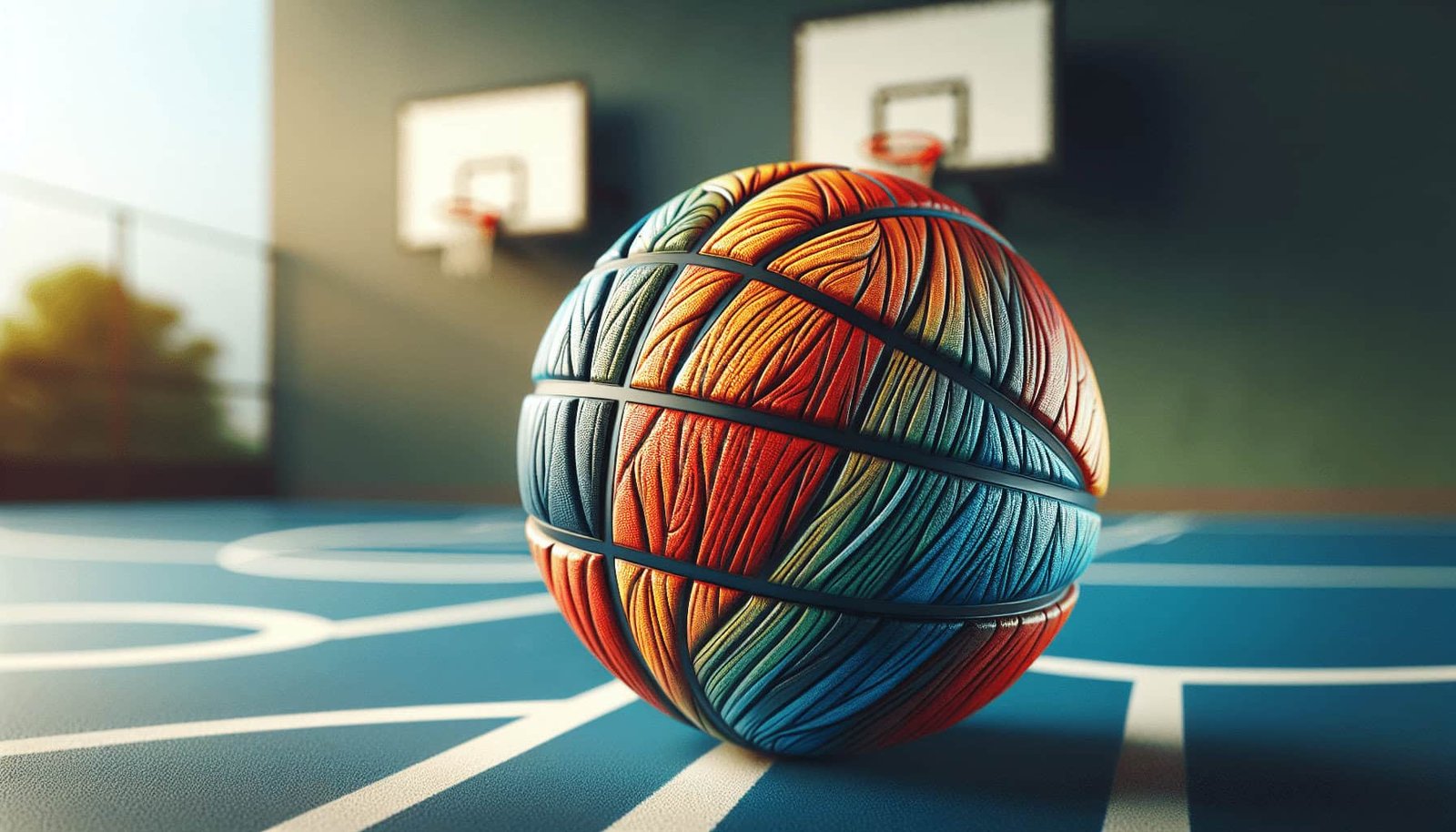Have you ever found yourself standing in the sports aisle, staring at a variety of basketballs, unsure of which one is the right fit? The process of selecting the correct basketball size for different age groups can be confusing, but understanding the standards and guidelines can make it much easier. A basketball that’s too large or too small can impact skill development, enjoyment, and even the safety of players, particularly when they are young or just starting out.

Why the Right Size Matters
Choosing the right basketball size is more than just a simple matter of comfort. It’s about ensuring the game is accessible and enjoyable for everyone involved. Playing with a properly sized basketball can help players develop the correct techniques, build confidence, and foster a love for the game. Let’s explore why these factors are essential and how wrongly sized basketballs can affect budding players.
Skill Development
When players use a basketball that matches their hand size and strength, they find it easier to control the ball, practice dribbling, shooting, and other fundamental skills. An inappropriate basketball size can hinder a player’s ability to perform basic maneuvers, potentially leading to frustration or improper techniques that might need to be unlearned later.
Comfort and Enjoyment
Let’s face it: if you’re not comfortable while playing, you won’t have much fun. The same applies to kids and beginners. A ball that’s too large can feel unwieldy and intimidating, possibly deterring young players from sticking with the sport. Ensuring comfort leads to a positive, enjoyable experience, encouraging ongoing participation and enthusiasm for basketball.
Safety
Safety is a paramount concern, especially for younger athletes. A basketball that’s too heavy can cause injuries, such as sprained wrists or finger injuries, especially when inexperienced players struggle to handle or catch it. Selecting an age-appropriate ball can help prevent these types of issues, allowing kids to play with peace of mind.
Recommended Basketball Sizes by Age Group
To make choosing a basketball easier, there are standard sizes that are recommended for different age groups and genders. Understanding these standards helps ensure you’re picking the right size for yourself or your team, contributing positively to your development and enjoyment of the game.
| Size | Circumference (inches) | Weight (oz) | Recommended For |
|---|---|---|---|
| 7 | 29.5 | 22 | Men ages 15 and up |
| 6 | 28.5 | 20 | Women and boys ages 12-14 |
| 5 | 27.5 | 17 | Boys and girls ages 9-11 |
| 4 | 25.5 | 14 | Boys and girls ages 5-8 |
| 3 | 22.0 | 10 | Toddlers and small children |
Size 7 Basketballs
This is the standard size for men and is used in all men’s professional competitions. It measures 29.5 inches in circumference and weighs about 22 ounces. Size 7 balls are suitable for boys aged 15 years and older. At this age, they should have developed enough hand size and strength to manage this standard ball comfortably.
Size 6 Basketballs
A size 6 basketball is typically used in women’s basketball across all senior-level categories and by boys aged 12 to 14. These balls measure 28.5 inches in circumference and weigh 20 ounces. Size 6 balls are considered standard for female players and younger teens, ensuring they can develop skills without overburdening their smaller hands.
Size 5 Basketballs
The size 5 basketball measures 27.5 inches in circumference, weighing about 17 ounces. It’s the standard size for boys and girls between 9 and 11 years old. Ideal for most grade school children, this size is perfect for teaching the fundamentals of basketball, allowing them to gain confidence in handling the ball and improving their skills.
Size 4 Basketballs
A size 4 basketball is slightly smaller, with a circumference of 25.5 inches and a weight of 14 ounces. It is the suggested size for young children between the ages of 5 and 8. At this stage, children are generally still developing basic coordination and dexterity, making a lighter ball preferable for learning the game’s basics.
Size 3 Basketballs
This is the smallest standard basketball size, with a circumference of 22 inches and weighing about 10 ounces, often described as a “mini” basketball. It’s suitable for toddlers and very young children who are just being introduced to basketball. These balls are perfect for small hands, allowing young ones to develop a feel for the movements and motions involved in the game without any stress.

Factors Influencing Basketball Size Selection
When it comes to choosing the right basketball, age is not the only factor. Let’s uncover several other influences that can guide you to the best decision.
Physical Development
Each child develops at their own pace, and their physical development might not always align exactly with the recommended age ranges for basketball sizes. Children who are particularly tall or strong for their age might benefit from a slightly larger ball, while those who are smaller might need a size down even if they’re above the recommended age for that particular size. Learning to consider a child’s strength and coordination can lead to a better experience and skill development.
Level of Play
Players who have been practicing and playing basketball for several years might advance to a larger ball as they improve in their skills and strength. Conversely, beginners might prefer a smaller ball even if they are on the cusp of the next recommended size group. Choosing a ball size that correlates with their experience level can enhance their focus on learning new skills without unnecessary strain.
Personal Preference
Sometimes, it’s simply about what feels right. Players might prefer a specific size that isn’t exactly in line with the recommendations due to how it feels in their hands or how well they can control it. Personal comfort and confidence with the ball are crucial for maximizing enjoyment and maintaining enthusiasm for playing the game.
Coach/Trainer Advice
If you’re in a program or working with a coach, they can offer valuable insights based on their observations of your play style and development. Coaches can advise on whether it’s time to move up to a larger ball or if sticking with a smaller one will be more beneficial for refining skills.

Tips for Selecting the Right Basketball
Now that you’re equipped with information, here are a few practical tips to help you select the right basketball:
Try Before You Buy: If possible, physically try out different basketball sizes before making a purchase. This can help you judge the best fit based on your comfort and skill.
Consider the Playing Environment: Indoor and outdoor basketballs are made from different materials. Ensure you choose a ball that matches where you’ll be playing.
Check for Quality: A good-quality ball is essential for durability and better playability. Check that the seams are smooth and the surface provides adequate grip.
Maintain Your Basketball: Keep your ball properly inflated to ensure it bounces correctly and prolong its lifespan. Regular cleaning can also maintain grip and appearance.

Conclusion
Choosing the right size basketball for different age groups is a crucial component of nurturing an enjoyable and safe experience in this wonderful sport. Whether for yourself or a young player in your life, making an informed decision can make all the difference. Remember, the key is not just to adhere strictly to age guidelines but to consider development, level of play, and personal comfort. By keeping these factors in mind, you’ll set a strong foundation for skill-building and a lifelong love of basketball.

